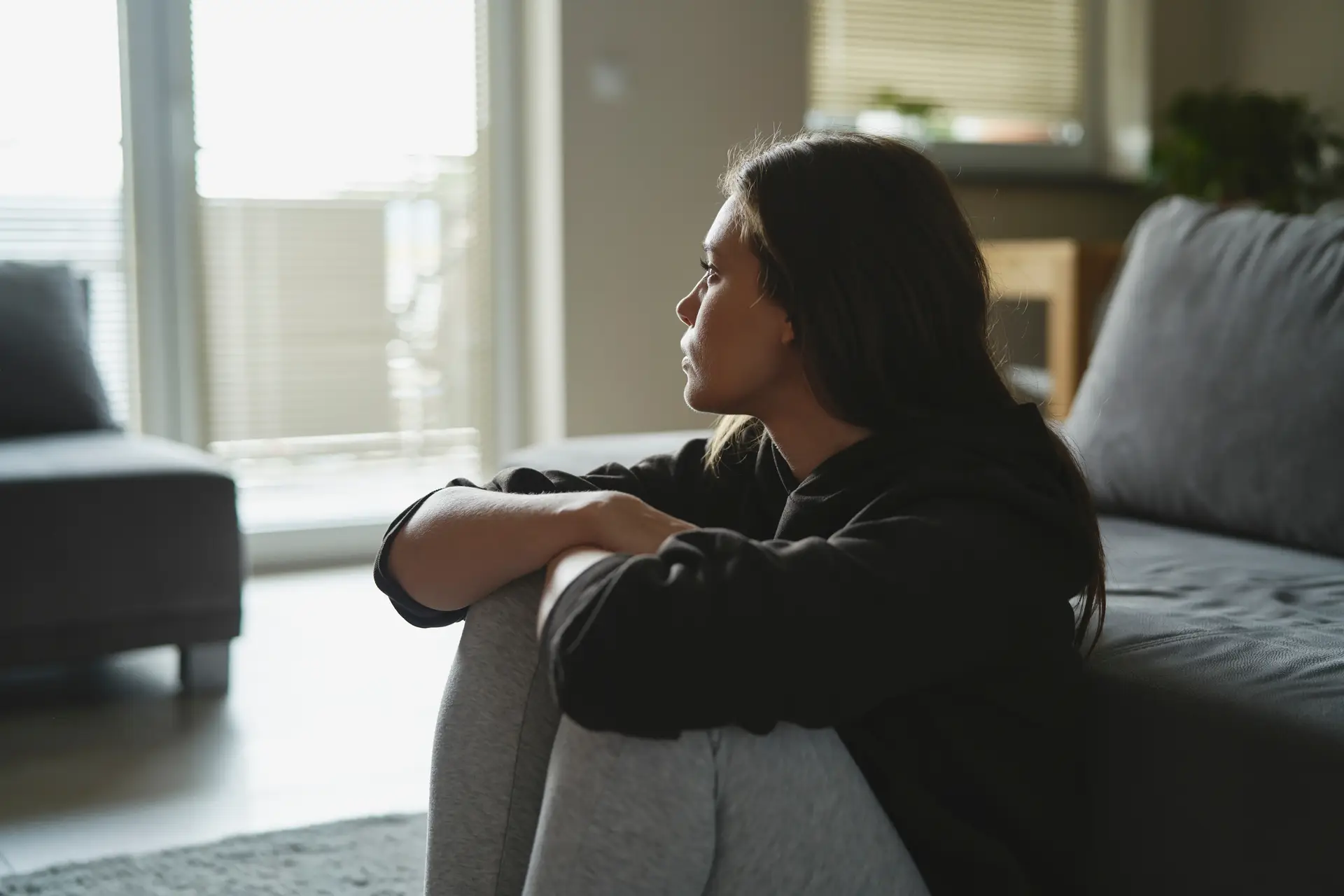August 8, 2025

This story includes details about gender-based violence that may be triggering to some readers. Please take care when reading. If you need support, you can contact 211 Alberta for resources in your area.
We often associate gender-based violence with physical assault. But for many survivors, the harm can start months or even years before anyone raises a hand.
Sometimes, it begins with emotional manipulation. With isolation. With fear masked as love.
Physical violence is often just the final stage of a much longer pattern of abuse.
Gender-based violence refers to any harm or abuse inflicted on someone based on their gender identity, gender expression, or perceived gender role. While women and girls are disproportionately affected, gender-based violence does not discriminate. People of all ages, backgrounds, and experiences can be affected. Rates of violence are even higher among Indigenous women, racialized communities, newcomers, people with disabilities, and members of the 2SLGBTQIA+ community.
While the most widely recognized form of gender-based violence is domestic violence, abuse can come from more than just a partner. It can be inflicted by a boss, a co-worker, a landlord, a teacher, a classmate, a neighbour, a friend, a family member, or even a stranger online.
Gender-based violence is rooted in power imbalances and often intersects with other forms of discrimination, including racism, ageism, ableism, and homophobia.
One of the most dangerous misconceptions about gender-based violence is that it’s easy to recognize. In reality, many survivors don’t even realize they’re being abused, especially at the beginning.
At first, it might look like concern: a partner asking who you’re texting or suggesting you stay home to avoid a certain friend. But over time, these behaviours evolve into clear control. Survivors often find that they’ve lost contact with their support networks, don’t have access to shared bank accounts, or aren’t listed on a lease or mortgage because of the abuser’s control. Their lives have been carefully restricted, and often they don’t fully realize the extent until they try to leave.
Abuse can be deeply psychological. Many survivors are led to believe that these restrictions are for their own good — or worse, that they made these choices themselves. That’s what makes this form of violence so powerful. It manipulates not only actions, but beliefs, autonomy, and self-worth.
By the time the abuse turns physical — when someone hits, shoves, or threatens — it’s often the final stage in a long cycle of manipulation and control.
Gender-based violence takes many forms. Survivors may experience one or several types of abuse simultaneously. Below are some of the most common:
Emotional and psychological abuse is one of the most common. It includes name-calling, constant criticism, manipulation, threats, and gaslighting. This kind of abuse chips away at a person’s confidence and self-worth, often making them feel like they are the problem.
Financial abuse is another powerful and often invisible tool of control. Survivors may be forbidden from working, have their money withheld, or find themselves without access to a bank account or credit card. In some cases, abusers rack up debt in the survivor’s name, sabotaging their long-term independence.
Physical abuse includes any form of physical harm — hitting, slapping, choking, restraining, or destroying personal property. Survivors may also be denied access to medical care or forced to hide injuries from friends and family.
Sexual abuse happens when consent is ignored, coerced, or manipulated. It includes being forced into sexual acts, pressured into sex through threats or guilt, or being denied autonomy over one’s own body. Reproductive coercion, such as tampering with birth control or pressuring someone to become pregnant, is also a form of sexual abuse.
Technology-based abuse is increasingly common. It can include being stalked or harassed online, having one’s phone or accounts monitored, or having intimate photos shared without consent. Abusers may use tracking apps or fake social media accounts to control or intimidate survivors.
Structural or institutional abuse occurs when power imbalances are exploited within housing, caregiving, or employment. This could look like a landlord demanding sexual favors in exchange for rent, an employer harassing a staff member, or a child financially exploiting or harming an elderly parent.
The common thread across all these forms of abuse is control — using fear, manipulation, or dependence to take away someone’s power over their own life.

Gender-based violence is isolating, but no one has to face it alone. Real-time resources are available, and they can be lifesaving. If you or someone you love needs help, calling 211 Alberta is a powerful first step. This free, confidential service is available 24/7 and can connect individuals to shelters, counseling services, legal support, and safety planning, all without judgment.
Organizations like WIN House offer immediate refuge and support for people escaping violence. And agencies like the Canadian Mental Health Association provide compassionate mental health services for survivors, helping them begin to rebuild not only their safety, but their sense of self.
Let’s stand together to break the silence, challenge the systems that enable abuse, and ensure that everyone in our community can live free from violence, fear, and coercion.

In this episode of United Way’s Do Local Good podcast, hosts Baichi Chaki and Yawa Idi are joined by Emma Potter from Canadian Mental Health Association and Ashley Baxter from WIN House for a vital conversation on gender-based violence and the strength it takes to survive and rebuild.
Learn and Listen